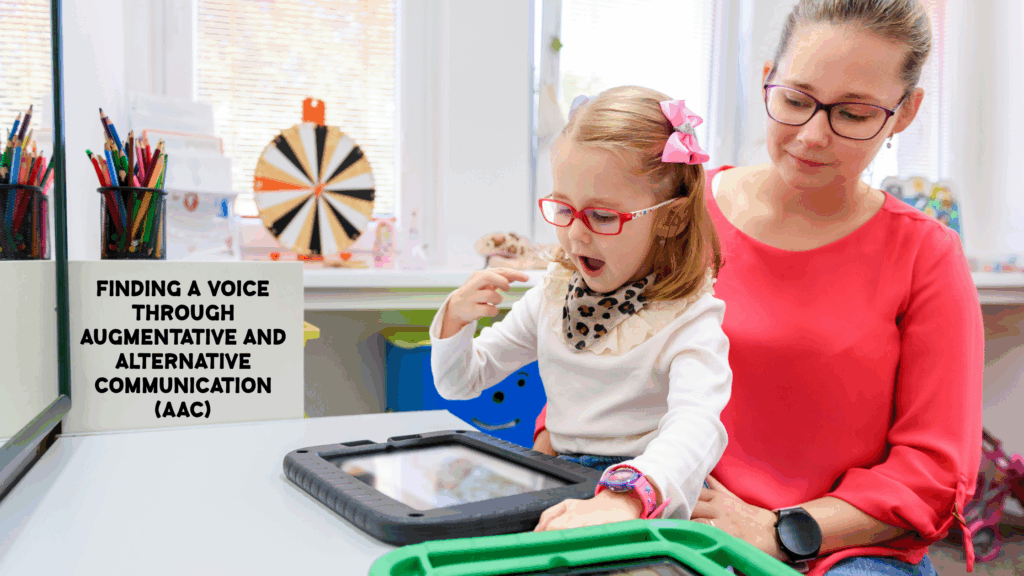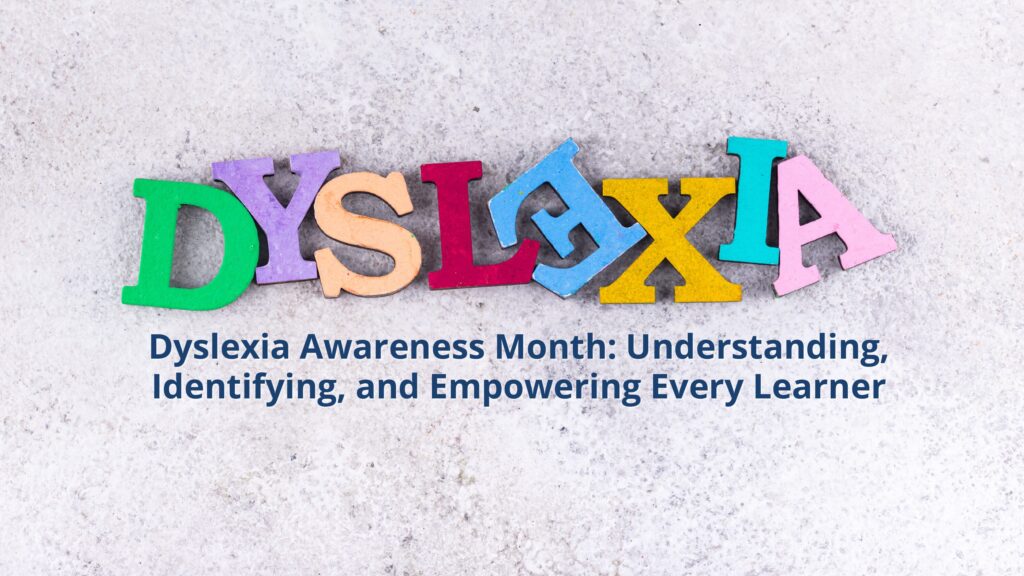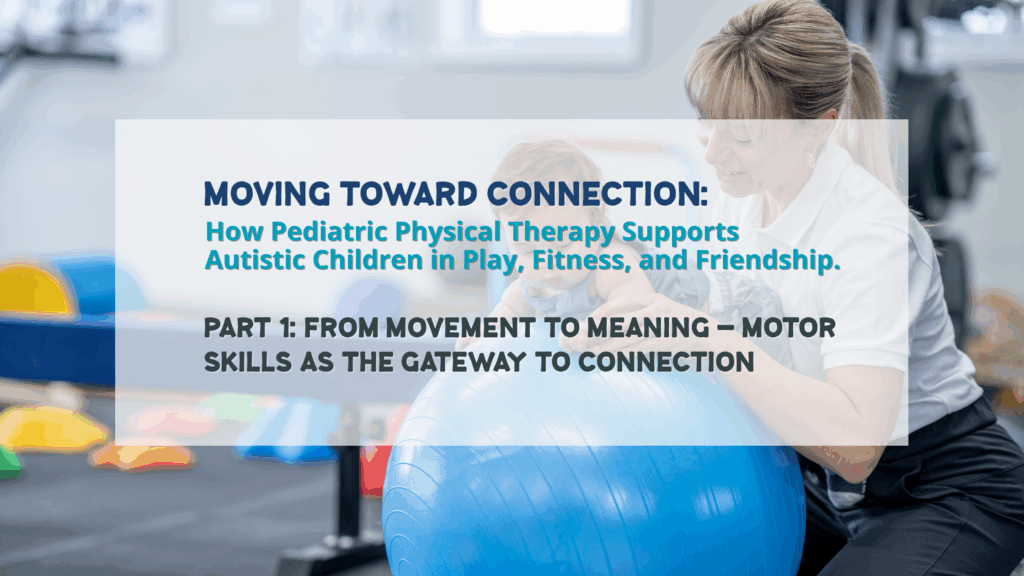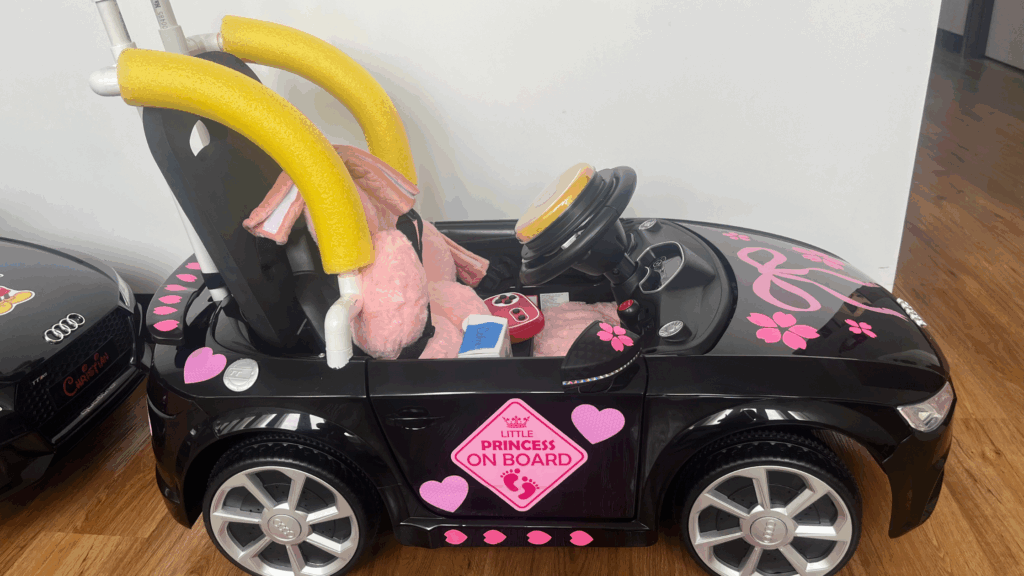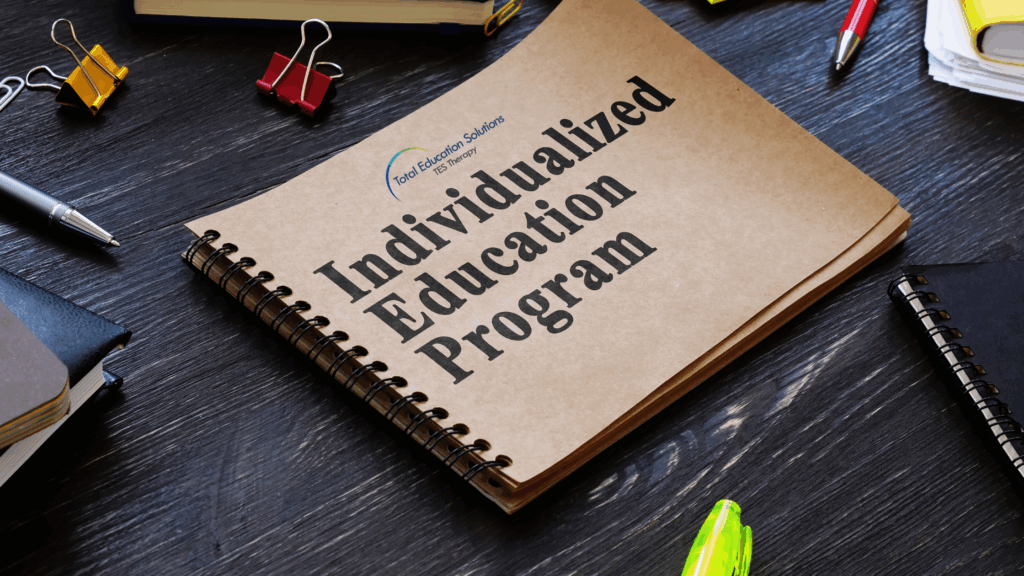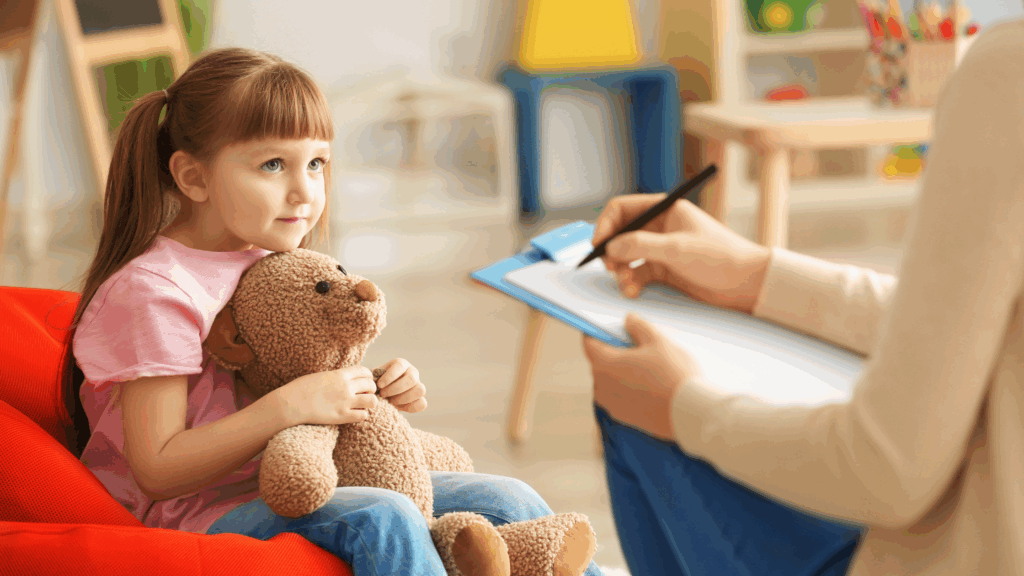Starting school or returning after a break can bring a mix of excitement and nerves. From new classrooms to unfamiliar routines, the change can feel overwhelming for students and parents alike. The good news is that a little preparation goes a long way. With the right mix of structure, encouragement, and understanding, you can help your child step into this new season feeling confident and supported.
Tip 1: Prepare Your Child for the Transition
Start Routines Early
Don’t wait until the night before the first day to adjust bedtime and wake-up schedules. Begin at least a week ahead so your child’s body and mind can adapt gradually. This helps reduce fatigue and morning stress, making the first week more enjoyable for everyone.
Visit the School Ahead of Time
If possible, arrange a visit to the school before classes begin. Walk the hallways, locate the classroom, and check out important spaces like the cafeteria, playground, and bathrooms. Turning the “unknown” into the “familiar” helps children feel more comfortable and confident on day one.
Practice the Commute
If your child will be walking, biking, riding the bus, or being dropped off, do a practice run. Knowing exactly how they’ll get to and from school can help them feel more in control and less anxious.
Tip 2: Give Your Child a Sense of Control
Create a Goodbye Ritual
Separation can be emotional, especially for younger children. A consistent goodbye handshake, hug, or short phrase reassures them that parting is just part of the plan — and that you’ll be back. Keep it short, confident, and positive to help them settle into the day smoothly.
Get Supplies Together
Invite your child to choose their backpack, lunchbox, or a special notebook. Involving them in decisions fosters ownership and excitement. Be sure to label everything to help prevent confusion or loss, especially in the first few weeks.
Assign Small Responsibilities
Whether it’s packing their snack, laying out their clothes, or carrying their homework folder, giving your child small daily tasks builds independence and confidence.
Tip 3: Talk About What to Expect
Walk Through the Day
Have open, positive conversations about what their school day might look like. Talk about who they’ll meet, what activities they’ll do, and how the schedule might flow. Encourage them to share any worries and remind them it’s okay not to have all the answers right now — you can discover new things together.
Validate Emotions
It’s normal for children to feel nervous, sad, or uncertain during big transitions. Let them know these feelings are valid. Share times you’ve had to adjust to something new and how you handled it. Celebrate small victories, like making a new friend or trying a new activity.
Use Stories and Role Play
Reading books about starting school or role-playing common situations — like introducing themselves or asking for help — can give children a safe space to practice and prepare.
Tip 4: Support a Positive Mindset at Home
Focus on Strengths
Highlight what your child does well, whether it’s being kind, asking good questions, or trying their best. This reinforces their self-worth and helps them feel ready to take on new challenges.
Model Calm and Confidence
Children take emotional cues from parents and caregivers. If you stay calm, optimistic, and patient, your child is more likely to mirror that attitude.
Create a Post-School Routine
Having a predictable wind-down after school — whether it’s snack time, playtime, or a short chat about their day — helps children decompress and look forward to coming home.
Final Thoughts
Transitions can be challenging, but they’re also filled with opportunities for growth, independence, and discovery. By starting routines early, giving your child a sense of control, talking openly about what’s ahead, and keeping home life supportive and consistent, you set the stage for a school year filled with confidence and success.
With patience, preparation, and positivity, the start of school can become manageable and exciting for both you and your child.

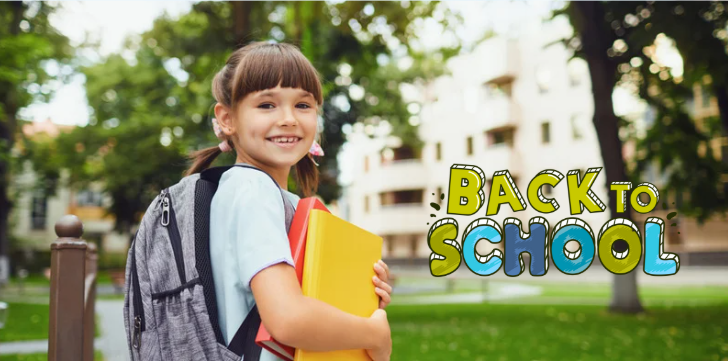
 11 Aug 2025
11 Aug 2025 
